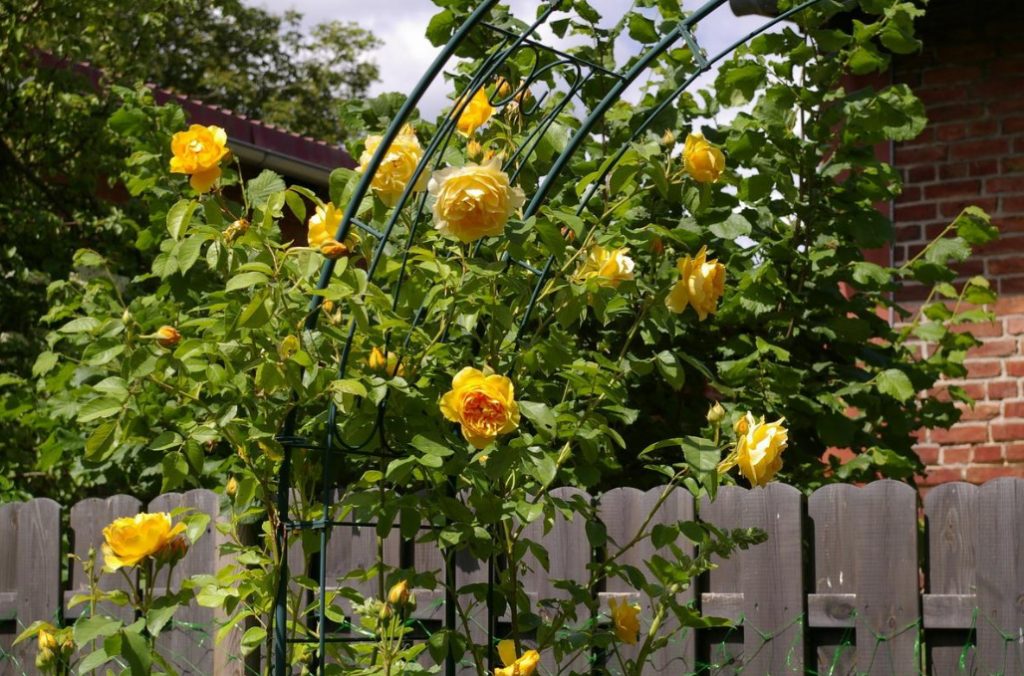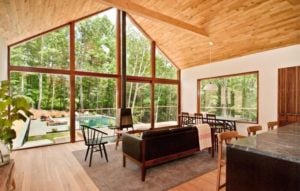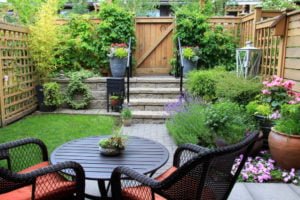Against the background of the extraordinary landscape boom in garden design, two approaches stand out clearly: professional and Amateur. What is the difference between them, what distinguishes the garden “for yourself” from the design?
Garden Amateur and professional: the difference in approaches
The main difference, let’s say, is in the direction of movement. The landscape designer goes from the concept of the garden, its layout — that is, from the project to the development of details and subsequent plant filling. The Amateur usually begins with details — with a set of plants. A novice gardener often lists: “I have a viburnum, two spirea, spherical thuja, astilba, etc.” – and only after the acquisition of a sufficient range of dissatisfaction with the result pushes to the study of the laws of plant composition, and then to the layout of the garden.
For the professional, the Foundation of the garden is not plants at all, but paving, paths and platforms, retaining walls and small forms — the so-called rigid structure of the garden, because it makes and “holds” it. Just look at the garden landscape in the off-season to see this.
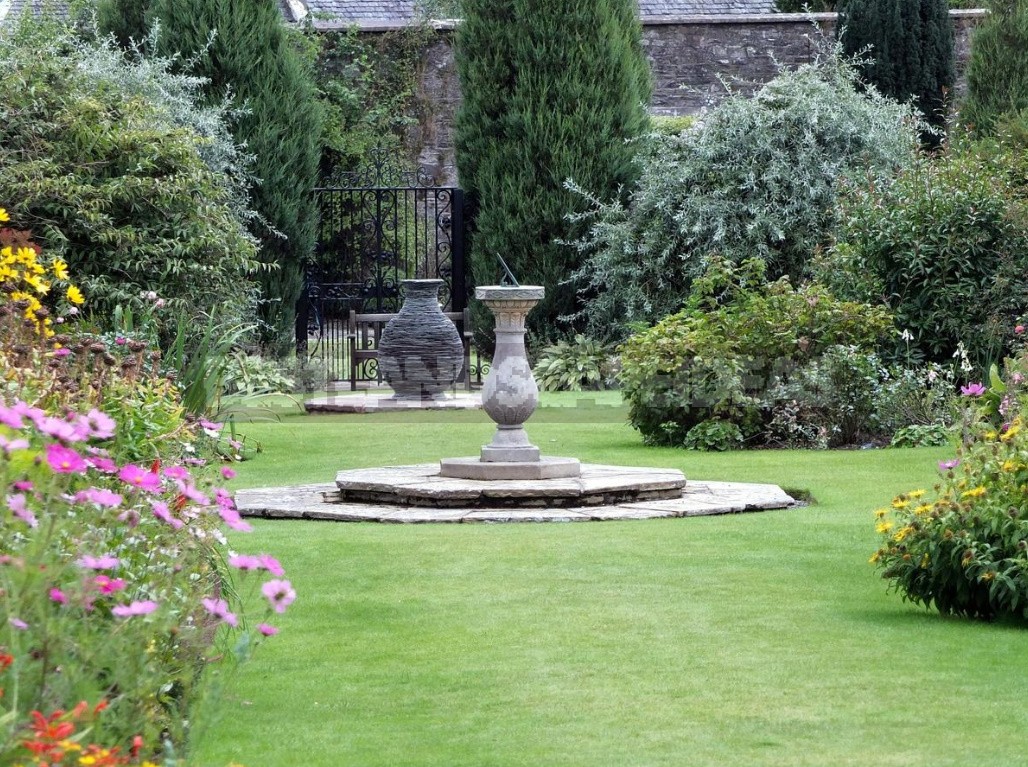
Accordingly, the approach to the range is different. If the designer works primarily with an assortment of dendrological, the area of the gardener-flowers, often perennials. At the same time, the Amateur approach is often characterized by amazing hard work and love for plants, knowledge of the range and basics of agricultural technology.
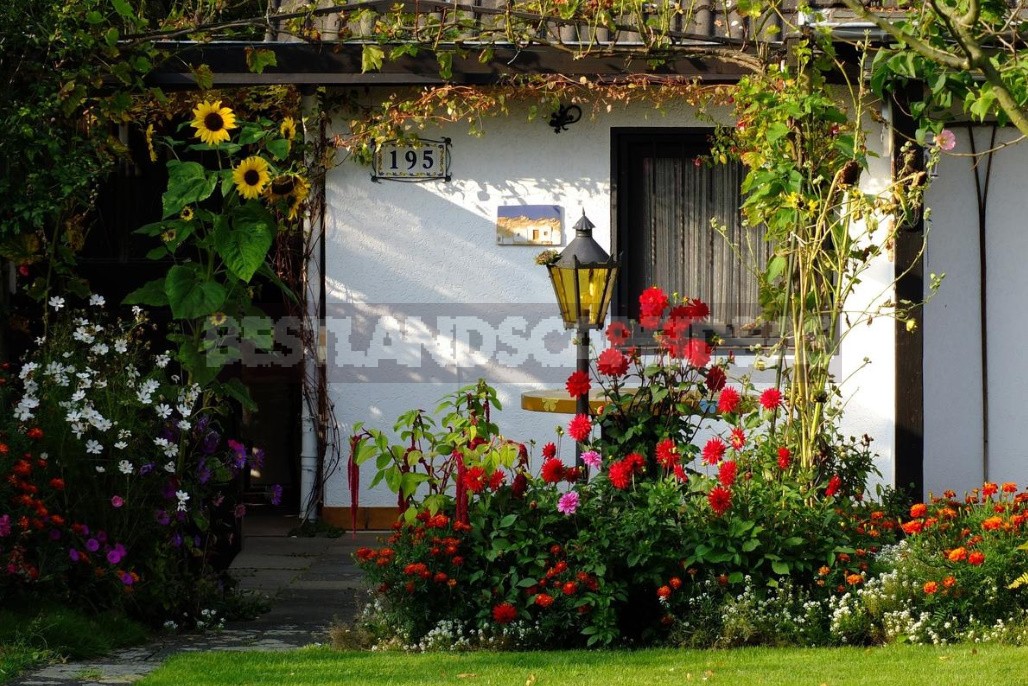
Common mistakes of Amateur gardeners
We emphasize once again that we are discussing is the approach, not specific gardens. It is worth visiting gardening sites and look at Amateur work to make sure that condescending intonations simply have no place. The period of initial accumulation of knowledge for many gardeners is already far behind. But the ranks of the” sick “garden are replenished with new enthusiastic Amateurs who have just to pass their “garden universities”, creating a garden of dreams-as they understand it. And how do you avoid mistakes along the way?
Lack of a common concept
This is perhaps the most common mistake of Amateurs. Meanwhile, the original thoughtfulness of the idea and composition of the garden allows not only to maintain the style of the site, but also to simply avoid repeated transplanting of existing plants. And if you have a consistent and clear plan of action, you will not have to worry about where to land the newly acquired.
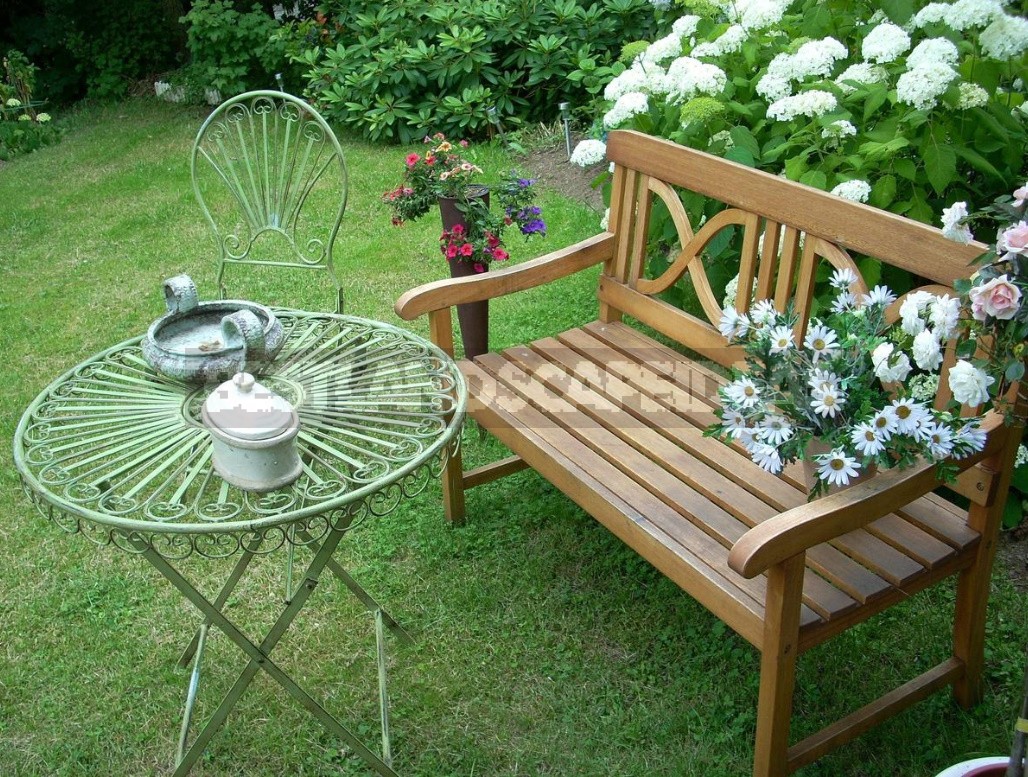
Excessive decorativeness
The abundance of garden “beauty” – a very common picture. But decorative saturation is very insidious, it can very quickly turn numerous advantages into a big minus. The garden, overloaded with an abundance of decorative varieties with different crown shapes and foliage color, looks heavy and unnatural.

The natural grace of simple plants is no less important. Getting “beautiful”, it is worth remembering that neutral background plants are able to emphasize the beauty.
Environmental incompatibility
Joint planting of plants with different environmental requirements, as well as the choice of plants that do not coincide with the ecology of the site, creates additional difficulties in care. In addition, such planting will never give the desired decorative effect. However, in fairness, it should be noted that the level of knowledge of modern Amateur gardeners allows almost no such mistakes.
Divisibility
The error is also quite frequent. It comes largely from the desire to buy as many different plants as possible instead of several identical ones. For a novice gardener is characterized by the desire to buy if-so new, if five plants-then certainly different. As a result-an excessively wide range with a lack of space, which leads to piece, fractional landings that do not give a color spot.
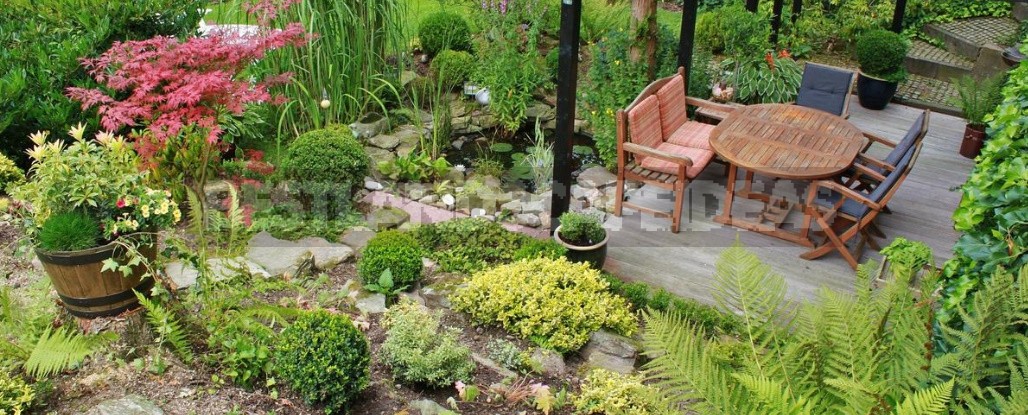
Here we note that the desire for fashion innovations and garden rarities also does not always coincide with the interests of design. Being the pride of the collection, new varieties will not be able to form the basis of the composition. Unpretentious, profusely flowering plants from the point of view of design are much more interesting: a few large spots of stable perennials are definitely better than a scattered set of collectible rarities.
A wrong landing
In this case, we are not talking about compliance with agricultural technology, but about illiterate placement of plants. You may have seen individual flowers and bushes scattered randomly on the lawn. Such planting splits the composition and makes it difficult to care, while plants placed within a single landing place will create a whole composition, built on a combination of volumes and color spots.
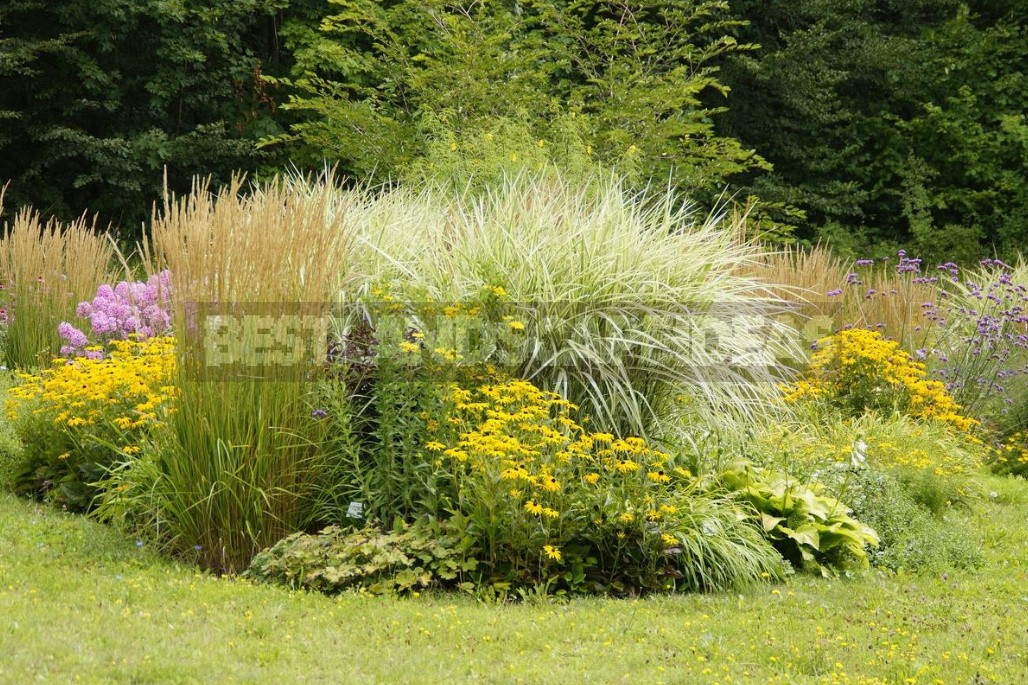
It is worth saying about the design of the borders of landings. Covering the perimeter with stones, in addition to the controversial decorative, bad because it is not functional, as it makes it difficult to weeding and mowing grass.
Attention only to flowering plants
Gardeners ‘ attention is often focused mainly on the flowering plants (including purchased perennials), while underestimating their other decorative qualities. Even when buying a seedling, sometimes choose plants with the best flowers, not the roots. Meanwhile, flowering is fleeting, and it is the characteristics of the foliage, habit, nature of branching, inflorescence forms are long-term decorative properties, provide stability of the composition before and after flowering.

Color disharmony
The problem of color combinations first catches the eye, sometimes nullifying all our efforts. Favorite flowers will make a proper impression only in thought-out color, harmonious color combinations.
To choose the color for flower compositions, you can focus on thematic associations or certain color preferences, combining shades in warm or cold, in a close or contrasting range.
In conclusion, there is another difference between Amateur and professional gardens. A custom-made garden is usually a result; a custom-made garden is always a process that is just beginning.
